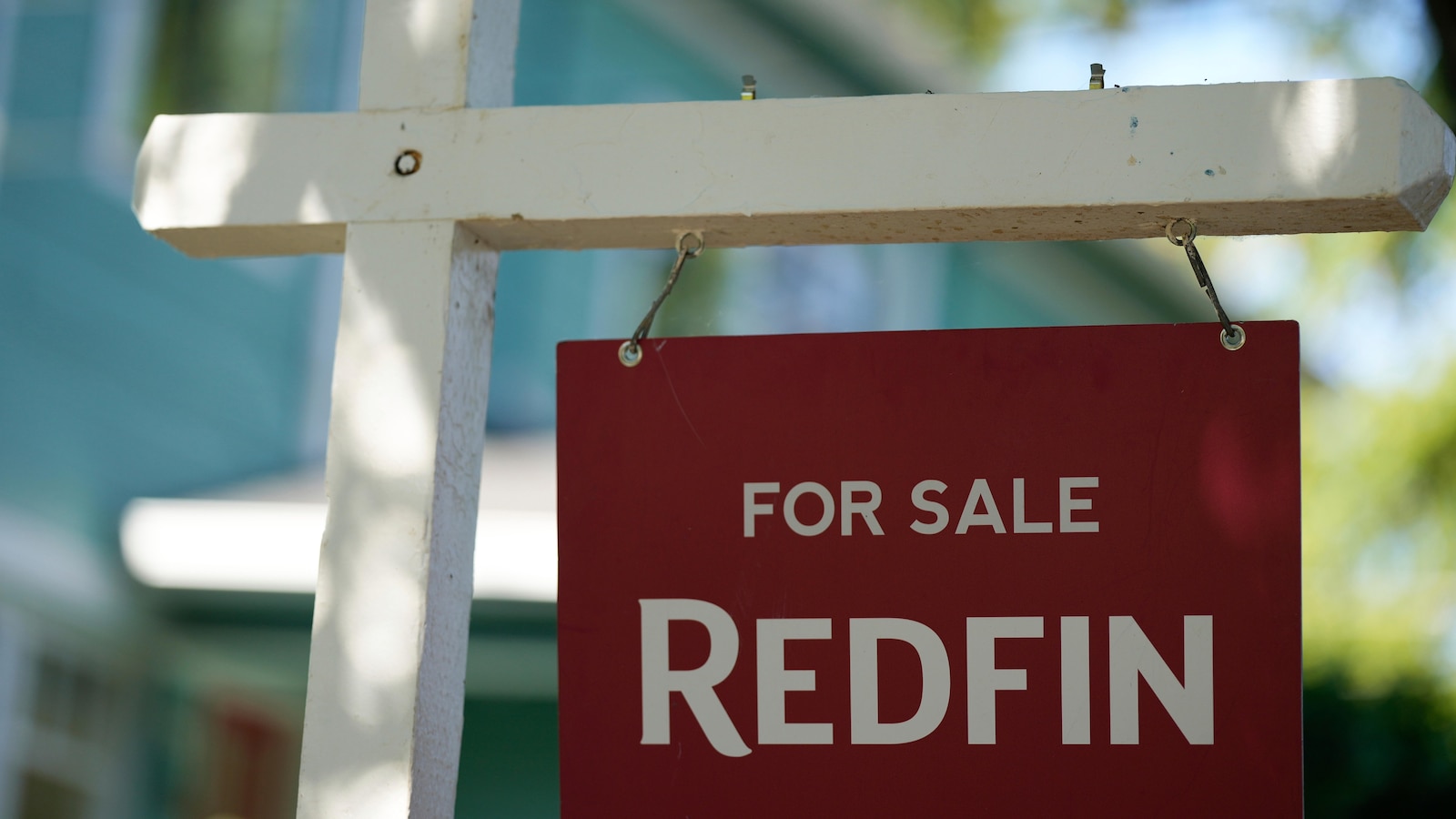U.S. 30-Year Mortgage Rates Drop to 10-Month Low Amid Affordability Crisis
Average 30-year U.S. mortgage rates have fallen to 6.58%, their lowest in nearly 10 months. Despite this drop, the nation continues to grapple with a significant housing affordability crisis.
Subscribe to unlock this story
We really don't like cutting you off, but you've reached your monthly limit. At just $5/month, subscriptions are how we keep this project going. Start your free 7-day trial today!
Get StartedHave an account? Sign in
Overview
- The average rate for a 30-year U.S. mortgage has recently decreased, reaching its lowest point in nearly 10 months, signaling a notable shift in the housing market's financial landscape.
- Specifically, the average 30-year fixed mortgage rate dropped to 6.58%, down from 6.63% the previous week, marking a significant reduction for prospective homebuyers and refinancers.
- This decline in mortgage rates is the most substantial seen in almost a year, offering some relief to borrowers, although its impact on overall housing affordability remains a concern.
- Despite these falling mortgage rates, the United States continues to face a persistent housing affordability crisis, indicating that homeownership remains challenging for many citizens.
- The ongoing affordability issues suggest that even with lower borrowing costs, other factors like high home prices and limited inventory are still significant barriers in the U.S. housing market.
Report issue

Read both sides in 5 minutes each day
Analysis
Center-leaning sources collectively frame this story with a cautious and skeptical outlook on the recent drop in mortgage rates. They temper optimism by emphasizing reasons why the low rates may not last or significantly improve the housing market for most buyers. The narrative consistently highlights uncertainties and challenges, downplaying potential positive impacts.
Articles (4)
Center (2)
FAQ
The housing affordability crisis persists because of soaring home prices—which have risen about 60% over the last six years—limited housing inventory, increasing insurance premiums and property taxes, and strong rental demand that outpaces affordable supply. High home prices cause median home prices to be about five times the median household income, far above traditional affordability ratios.
There is a nationwide shortage of approximately 7.1 million affordable and available rental homes for extremely low-income renters. Only 35 affordable units exist for every 100 extremely low-income renter households, causing three-quarters of these renters to be severely cost-burdened, spending more than half of their income on rent.
Treasury Secretary Scott Bessent has identified fixing the housing affordability crisis as a top priority for the fall of 2025. Efforts include exploring how to monetize Fannie Mae and Freddie Mac to raise taxpayer value and help keep mortgage rates from rising or to lower them, aiming to improve home financing conditions and affordability.
The average 30-year fixed mortgage rate recently dropped to 6.58%, the lowest point in nearly 10 months, down from 6.63% the previous week. This is the biggest decline in mortgage rates in almost a year, potentially providing some relief to borrowers and encouraging refinancing and homebuying, although affordability challenges remain due to other factors like high home prices.
The affordability crisis has led to a record-high number of cost-burdened renters and homeowners who spend over 30% of their income on housing, a rise in homelessness, increased rental demand, and a decrease in the number of affordable homes, pushing many out of homeownership and exacerbating social and economic inequalities.
History
- This story does not have any previous versions.



